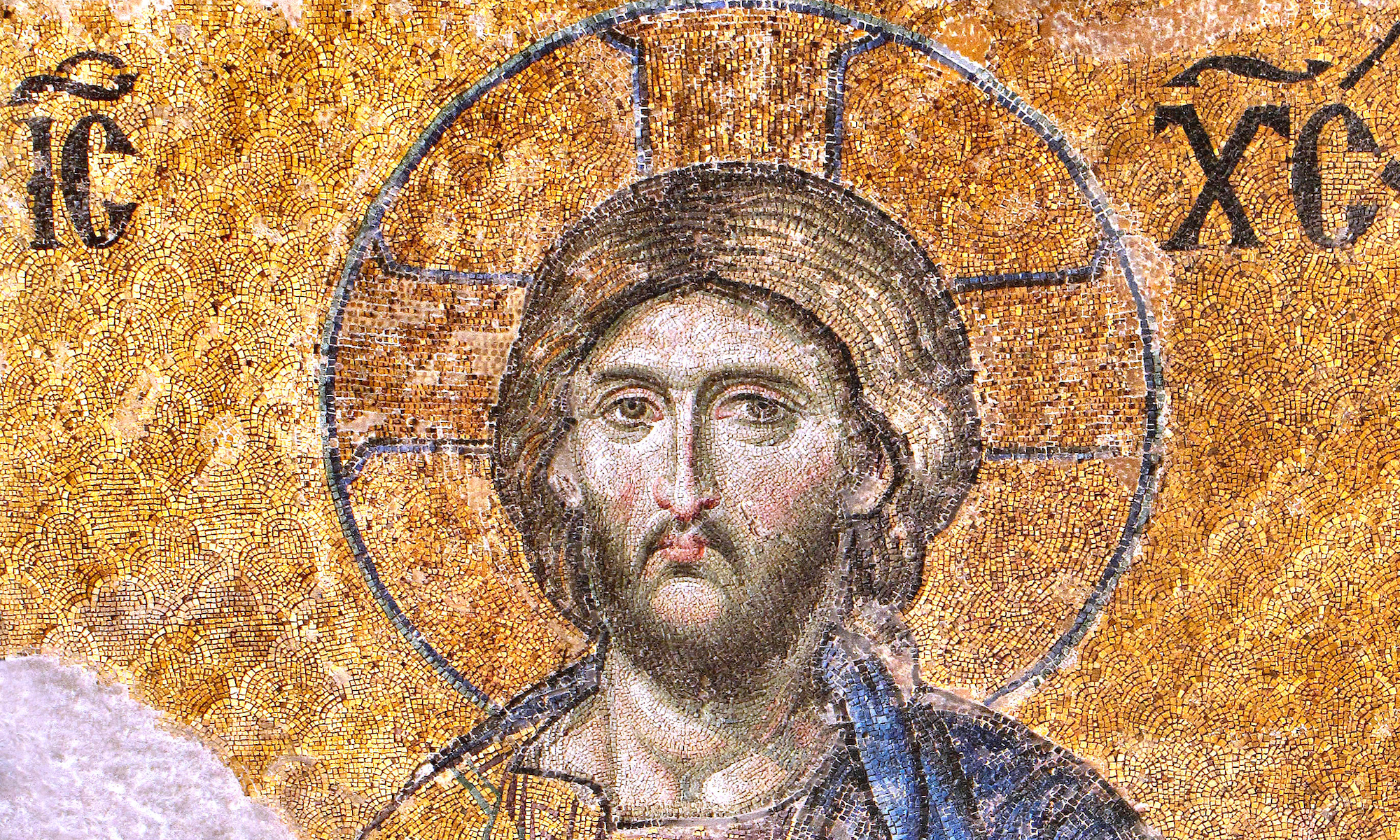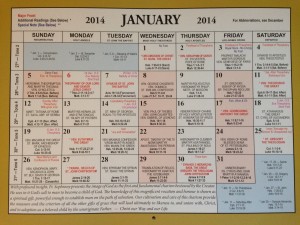I always enjoy responding to interview questions – the challenge of communicating what we believe to those who know little about the faith always forces me to think a little more deeply about why we believe what we believe. I particularly enjoyed the recent experience of being interviewed by a student from a local high school. Here is an excerpt from that e-mail interview:
How do Christian beliefs apply to daily life?
The three central specifically Christian beliefs are that
1. Jesus is God, who became one of us,
2. Jesus entered into our suffering, died on the cross, and rose from the dead, so that our experience of suffering and death might become meaningful and that we might rise from the dead with him, and
3. we are to love one another as Jesus loved us.
Undergirding all this is an understanding that there is only one true God, who created the whole universe and created us in His image, entrusting this planet and everything in it to our care.
This means that as Christians go about their daily life, they try to
1. pray, as we were created to be in communion with God,
2. love all they come in contact with, as individuals created in the image of God, and
3. take care of everything they have as stewards (caretakers).
How important is worship and prayer to you?
Worship and prayer are essential, as they are the actions by which we enter into communion (loving communication/relationship) with God, which is the reason we were created: as expressions of our love-relationship with God, worship and prayer are our raison d’être.
How important is religion in your daily life?
It is of primary importance, since it is life’s primary source of meaning.
Is it possible, in your opinion, to live almost exactly as the Bible says?
The Bible says a lot of things. If, by this, you mean is it possible to live as Jesus teaches us to live, my answer would be “Yes, and no.” Jesus teaches us to love God with all our heart, soul, mind, and strength and to love our neighbour as ourself. He teaches us to love our enemies and to love one another as he has loved us. He teaches us to “be perfect, as your heavenly Father is perfect.” All of this is obviously impossible. On the other hand, Jesus teaches us to repent (admit where we are wrong and work to change our minds and behaviour) and to forgive and that we will receive God’s forgiveness as we forgive others. This is eminently doable. If we continue in love and in repentance and forgiveness, it is possible to live almost exactly as Jesus teaches us to live.

